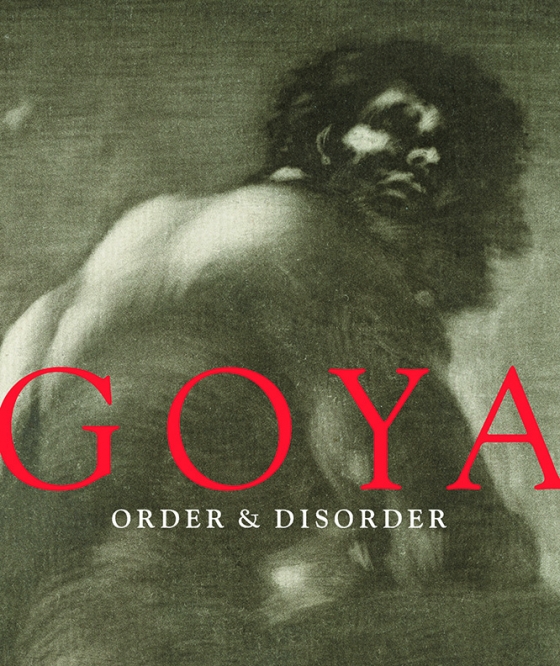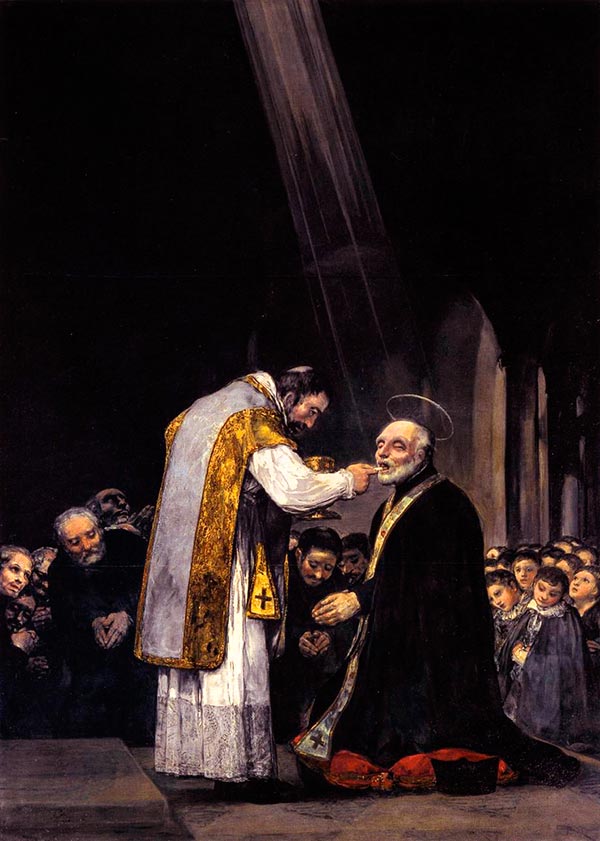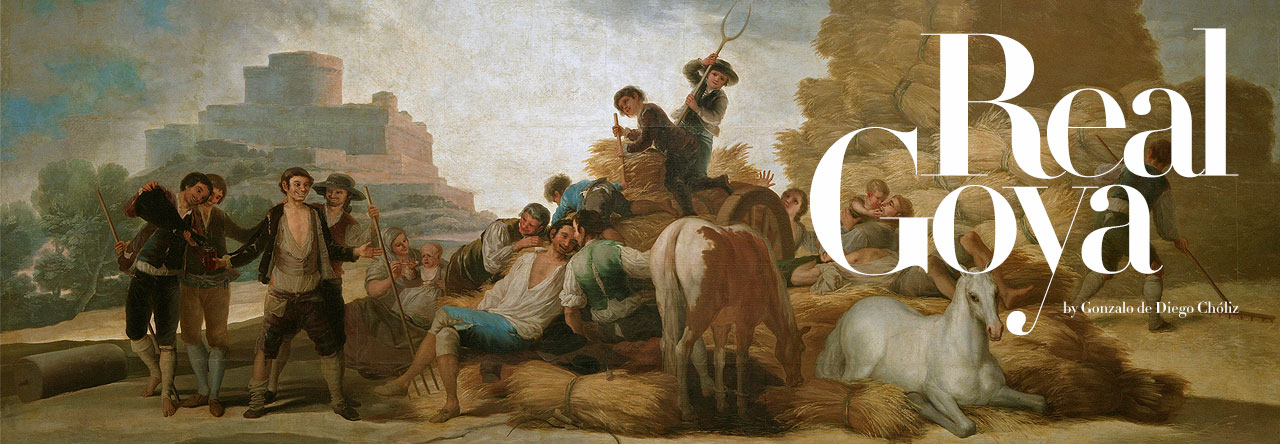It is, without any doubt, the announcement that the Museum of Fine Arts of Boston that next October 12th -national day of Spain- will open at its facilities an exceptional exhibition of Goya entitled: ‘Goya, Order and Disorder’. The exhibition will close on 19th January 2015 and is the largest retrospective of Goya in the USA for the last 25 years.
Indeed, as I mentioned in this blog in July 2013, exactly 26 years ago was presented publicly what we could call a -glorious- history of the exhibition that now has been announced to us.
In 1984, Eleanor A. Sayre initiated and organized the preparatory work for the shows in spirit of exemplary cooperation, and already in 1988 co-directed with Professor Pérez Sánchez, who was then Director of the Prado Museum, the magnificent exhibition of ‘Goya and the Spirit of the Illustration’, a reference exhibition and catalogue, which took place at the Prado Museum, Madrid (October-December), at the Museum of Fine Arts in Boston (January-March 1989) and at the Metropolitan Museum of Arts in New York (May-July 1989). Success was more than remarkable and its impact unforgettable.
Well, it is now another curator from the Boston Museum, Mrs. Stephanie Loeb Stepanek, who, ahead of a brilliant team of collaborators, has been working in the exhibition we will see from October, if you have the fortune of being able to travel to Boston. Great news that from the city of Goya, almost 6,000 km. away, we look with admiration and enthusiasm; only for the chosen title, about the order and disorder creativity of our countryman, we taste a museum event are sensed with clarity as intelligent, attractive, interesting and challenger at the same time. Only this mention, and supplementary information, stimulates more than ever our pre-emption aesthetic ability, the capacity of the imagination: the great virtue, or vice, which André Breton had learned from the pages of Sade: “Beloved imagination, what I love above all in you is that you not forgive“.

From Goya’s homeland the exhibition is seen as a challenge. An issue that no doubt had to force the sharpness and the work of Mrs. Loeb Stepanek, surname with notable Czech resonances, as Frederick Ilchman and Janis A. Tomlinson, with contributions, among others, from Manuela B. Mena and Gudrun Maurer. The museum announces that the speech of the exhibition and for the catalogue will follow innovative thematic criteria, which is very thankful, and we are already impatient almost three months ahead. Premonitory impatience in some way because I have to beg the reader now that allows me to, briefly, talk about something that although it seems to have no relation, it has. And a lot. French, who know enough of this, speak of that at lunch in a restaurant in which we enter for the first time, in a simple meal house or a home, by pure intuition we know when we are going to eat well. This is what in haute cuisine is known as the threshold effect, what know and dominate the real maître d’hôtel, able to calibrate the customer from the very first moment of the entrance to the dining room and that allows them, in an instant, make an idea, and then anticipate the desires of the customer. That same threshold effect I think it also exists in the case of exhibitions, especially in the exquisite, which represent an advance and are therefore especially tasted by gourmands of the Art.
Leave the apparent digression and come back to the topic: very occasionally, because it cannot be other way, have the opportunity for some of the great museums in the world -as exemplary in terms of Goya are the Prado in Madrid and the Fine Arts in Boston- provide us exemplary exhibitions which immediately become the refurbished canon which increase all the knowledge we have about this immense artist. It is the case, luckily, for the exhibition we were announced. We are sure of it. More than 160 pieces in the exhibition, including paintings, prints and drawings dated between 1770 and 1828, and some of them never seen before in Boston, also from the Prado, Louvre, Galleria degli Uffizi, Metropolitan, National Gallery and numerous private collections.

Last communion of san José de Calasanz. Oil on canvas. 250 x 180 cms. Calasancio Museum. Madrid
For me it is also very satisfying to know that in such an excellent exhibition shall show the superb canvas of The Last communion of San José de Calasanz (La última comunión de San José de Calasanz), which I have mentioned extensively in the essay ‘Goya’s border ’ (Goya al Límite), which can be read for free at the Apple ibook store, as well as on the website www.realgoya.com I think that it is a capital, very important piece within the career of Goya, a true masterpiece and its choice is one of the landmarks of this exhibition and a major success of the Museum of Fine Arts in Boston requesting its loan to the Calasancio Museum in Madrid. A piece that will allow visitors to the exhibition see the prodigious pictorial power of Goya in a key year of his life, 1819, where he also would paint the very famous black paintings with a completely different register. Prodigy’s conceptual versatility and impeccable pedagogically show of what Goya was and how was expressed to himself and the world. This exhibition makes all this with generosity.
Great news.
Gonzalo de Diego
